Last week a friend sent me a new “Blood” study discussing the “cure” versus “control” issue (abstract: http://goo.gl/q0DdI) As the full text tells us, and as we well know (!), there isn’t a standard protocol for the treatment of myeloma. There is instead a lot of what the study authors call “variation,” which is caused by availability and cost of new drugs as well as differing treatment philosophies and alternative interpretation of the available data. A few of the main questions in conventional treatment are: is it better to have a stem cell transplant or not, to use an aggressive approach or not, to start treatment early…or not?
Now, since this cure/control problem is so important and controversial, I REALLY feel that this article should have been made accessible to everyone. For free, I mean. So I’ve decided to report about it today. And yes, I’ll be quoting from it, too…otherwise you might not believe me. 😉
The full text is full of interesting points but, even though it wasn’t easy, I had to pick what I considered to be the most significant points. And I was forced to skip over others. Anyway, let’s jump right in. The first interesting thing I read is that both early and delayed stem cell transplants appear to have the same overall survival. Whoa. Pause for thought…serious thought.
Disease definition. Myeloma is still referred to as one disease. Well, that is simply wrong. And we all know it.
Myeloma includes a bunch of different diseases. I didn’t know this, but the International Myeloma Working Group is figuring out how to change the definition of myeloma. Right now. But until they come up with a new definition, the authors say, we need to recognize that comparison of recent trial results to historical outcomes may not be valid since the intensity of the diagnostic work up and the willingness to treat has changed over time, but the disease definition has not. Interesting…
Survival. No surprise here, but it varies with age, stage and how well a patient responds to treatment. The main goal in current MM treatment is complete response, or CR. But the study authors declare that This needs to change. Trying to achieve CR could result in unacceptable and unnecessary toxicity for some patients and come at too great a price. More pause for thought…
Oh, and they add that those who respond to treatment will always seem to do better than those who do not…whether the treatment works or not. Sheesh! Talk about an eye opener (for me, anyway)…
Complete response. In myeloma, CR means that there has been a profound tumor reduction. But most CR patients will relapse with time. The authors state that, on average, CR doesn’t last very long. Well, that’s “on average,” mind you. And we’ve all heard about Stephen Jay Gould, the Harvard professor (petit anecdote: as an undergrad at Harvard, I wanted to be in one of Prof. Gould’s classes, but it had a waiting list rivalling the Divine Comedy in length, so I opted for another science class. Now I’m sorry I never put my name on that list…drat), and his thoughts on cancer statistics and averages, right? Incidentally, if you have no idea what I’m talking about, then please read “Anticancer,” by Prof. David Servan-Schreiber, a brilliant neuroscientist and doctor who unfortunately died on July 24…of brain cancer. He was my age…Anyway, at the beginning of the book, he tells the Stephen Jay Gould story…fascinating…Of course, you can read Prof. Gould’s “The Median isn’t the Message,” too (available online).
Back to us. Another point the study authors make is that in most cases it is probably impossible (with the possible exception of allogeneic transplantation where true complete eradication is possible for a minority of patients), unnecessary, and prohibitively toxic to attempt to eradicate all clonal plasma cells. Indeed.
Furthermore, the tests used to define CR in MM are still inadequate and often vary considerably between laboratories. Ain’t that the truth!
Here’s a shocker: not every MM patient needs or benefits from achieving CR. The authors say that 85% of all MM patients fall into the “standard risk” category, and their survival does NOT depend on achieving CR. EIGHTY-FIVE PERCENT! The opposite, though, is true for high-risk myeloma patients, for whom it is terribly important to achieve CR.
And now for a bombshell that I wasn’t expecting. The authors claim that Despite dramatic improvements in CR and very good partial response (VGPR) rates, bortezomib-dexamethasone was not able to cause a significant improvement in PFS (neither statistical, nor clinical, in our opinion) let alone OS. Similarly despite the doubling of the rate of CR/VGPR with thalidomide and dexamethasone, or a tripling of it with the addition of lenalidomide to melphalan and prednisone induction there was not even a hint of a difference in PFS or OS. There was however significantly greater toxicity. (PFS means “progression free survival,” and OS = overall survival.)
No significant improvement in overall survival or progression free survival. Only greater toxicity. I’m still stunned. And in fact I read this article over the weekend but had to reread it today…I just couldn’t believe it. I mean, it sounds like a condemnation, really, of current aggressive therapies…and, whether you agree with the authors or not, this is amazing. Could it be time for a change in direction in myeloma treatment? Or am I reading too much into this study? That could well be. Let’s keep going.
Progression free survival. PFS can help determine if a drug or treatment is working or not and is useful to determine the efficacy of new drugs. But PFS indicates a period at the end of which the patient must start taking the next drug (or regimen). Prolongation of OS in MM is almost always associated with prolonged PFS, but not the other way around. Treatment of MM is like a marathon, rather than a sprint. It is for most patients (i.e., non high-risk MM) a chronic malignancy, in which patients relapse repeatedly, and using all active drugs early on may be the equivalent of a marathon runner running the first mile at breakneck speed. He/She may finish the race at the same time as a runner who spreads out the energy a little better, but the remaining 25 miles would have been a lot more pleasant.
There is more: the use of PFS as a surrogate endpoint to justify earlier and more prolonged use of new treatments results in more people taking treatment (or an extra drug/intervention) when they do not need it. Wow…
And if OS is not affected by, say, early versus delayed treatment, and the risk of toxicity, perhaps irreversible toxicity, is high, then even an improvement in PFS may not be enough. The authors at this point bring up the thorny issue of second cancers with lenalidomide maintenance. There are now emerging data, and an FDA warning, that the use of lenalidomide as maintenance may increase the risk of second cancers. The authors warn that we need to be cautious. Not all patients benefit in the same way from taking lenalidomide. Some may even be harmed. The only reason to administer lenalidomide is if there is an OS advantage, and so far, the authors tell us, we have no firm data to that regard, although that seems to be the preliminary outcome of a clinical trial (in progress)…too early to tell…
This is an extraordinary statement…
The authors insist that OS is more important than PFS: If survival is the same eventually, what exactly is the point of improved PFS by giving an additional new drug early in the disease course? Is there not an increased risk of toxicity when more drugs are combined? Is there not a risk that patients are subject to potentially irreversible risks earlier in their life? Again, I am stunned…
And so we get to the final Cure versus Control paragraph. The “cure” proponents like the idea of whacking myeloma early in its development, when it is most vulnerable. The “control” proponents believe instead that the aggressive approach should be taken only for high-risk patients (those who have the 17p deletion and so on). “Standard” patients should be offered treatment that minimizes toxicity and maximizes QOL (=quality of life).
Younger patients may opt for early intensive strategies such as allogeneic transplantation accepting high treatment related mortality in exchange for a chance at long-term survival. It is obvious, though, that the authors are opposed to overly aggressive treatments: While early use of multi-drug combination strategies and maintenance therapy improve CR and PFS, we need to strive for clear evidence of OS improvement to change practice.
In the end, almost as an offering of peace to the “cure” proponents (that is how it seems so to me, anyway…again, I could be wrong), the authors write that they support well-designed investigations of both the curative and control approaches. We do see the merits and arguments of the curative approach, and we recommend head-to-head trials comparing the two strategies.
In time, they add, they hope that patients will be cured, not just “controlled.”
That is my wish, too…
UPDATE: Lori’s comment made me go back to the article. Ah. I should have put the “younger patients” quote into a slightly larger context, and I apologize for not having done so yesterday (my only excuse is that I’m very tired in this period…superduperbusy, trying to do a zillion things before heading off on holiday…can’t wait!). Context: here the authors are referring to “high-risk subgroups.” Not to “standard” folks. Basically, the authors recognize that these subgroups may require more aggressive treatments, and that is when they mention the example of younger patients perhaps opting for allo transplants in spite of all the dangers involved (high mortality etc.). Hope that clears up the matter. Again, my apologies…
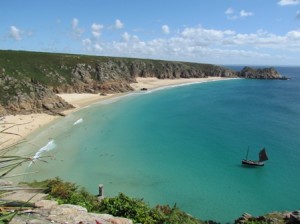
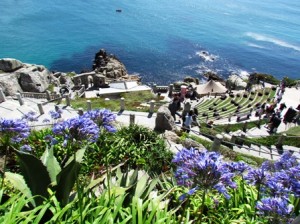
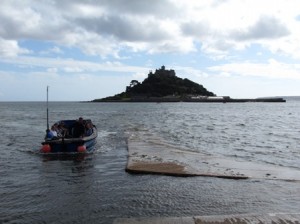
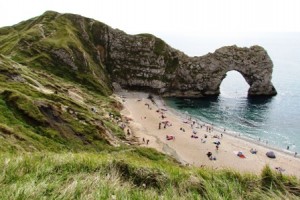
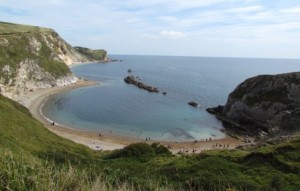




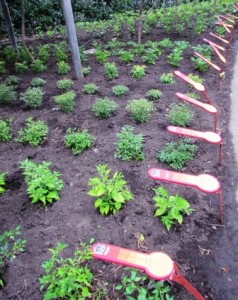

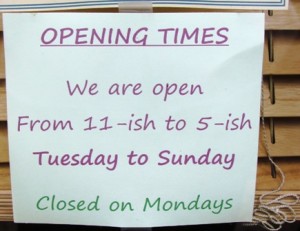
















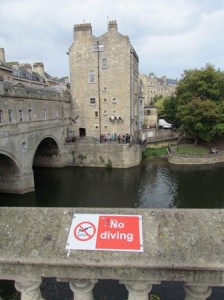
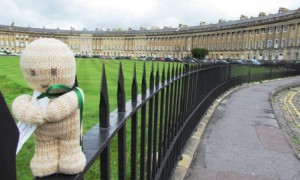
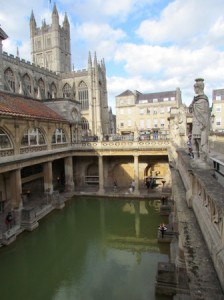

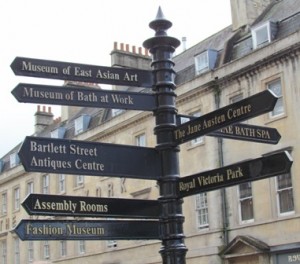
![BlogClosedSigns225[1]](http://margaret.healthblogs.org/files/2011/08/RoadClosedSigns2251.jpg)
